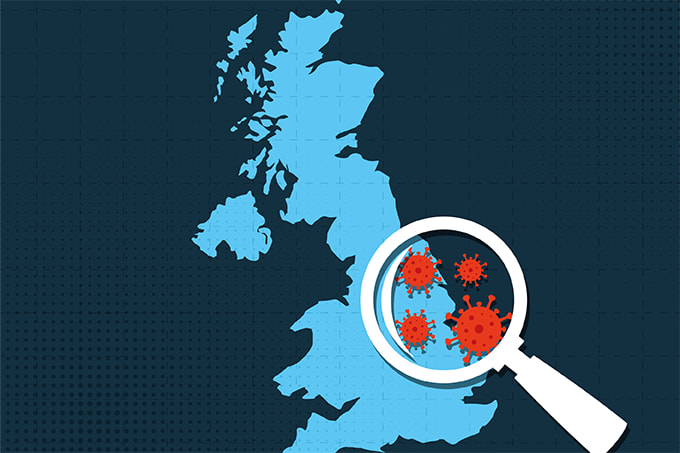A field-effect transistor-based biosensor can detect SARS-CoV-2 from nasopharyngeal swabs in under one minute (1). Most tests for the novel coronavirus use real-time reverse transcription-polymerase chain reaction (RT-PCR), a technique that amplifies SARS-CoV-2 RNA. But this method takes at least three hours and requires manual viral RNA preparation. The new technique analyzes patient samples directly from a tube of buffer with no preparation needed.
The transistor consists of a sheet of graphene with high electronic conductivity, to which the researchers attached SARS-CoV-2 spike protein antibodies. When the virus binds to the antibody, it alters the current traveling between two electrodes – confirming the presence of SARS-CoV-2. In tests, the sensor was able to discriminate between not only COVID-19 patients and healthy controls, but also between SARS-CoV-2 and the virus causing Middle Eastern Respiratory Syndrome. Although 2–4 times less sensitive than RT-PCR, the team plans to explore different materials to improve the signal-to-noise ratio.

References
- G Seo et al., ACS Nano, 14, 5135 (2020). PMID: 32293168.




